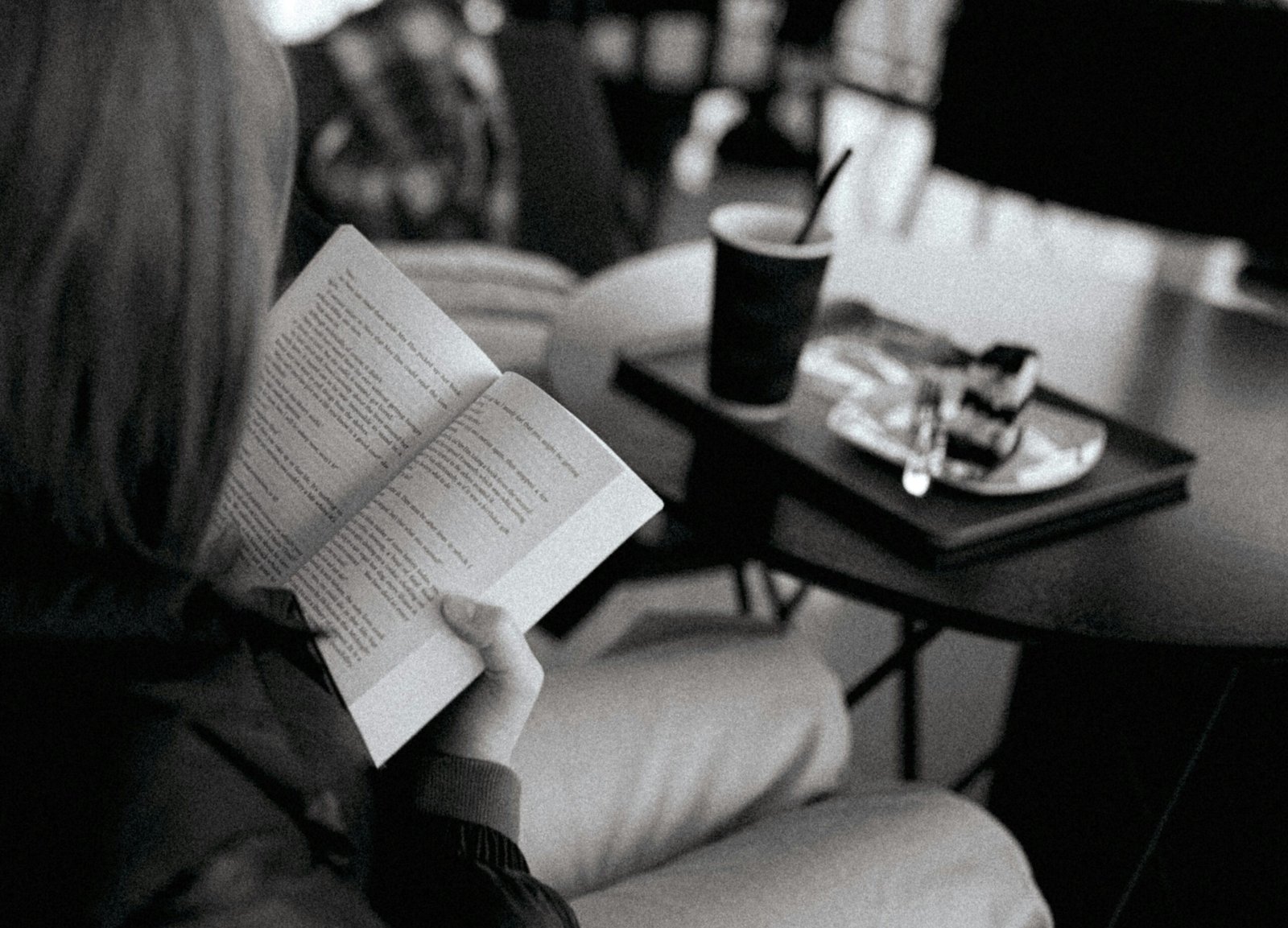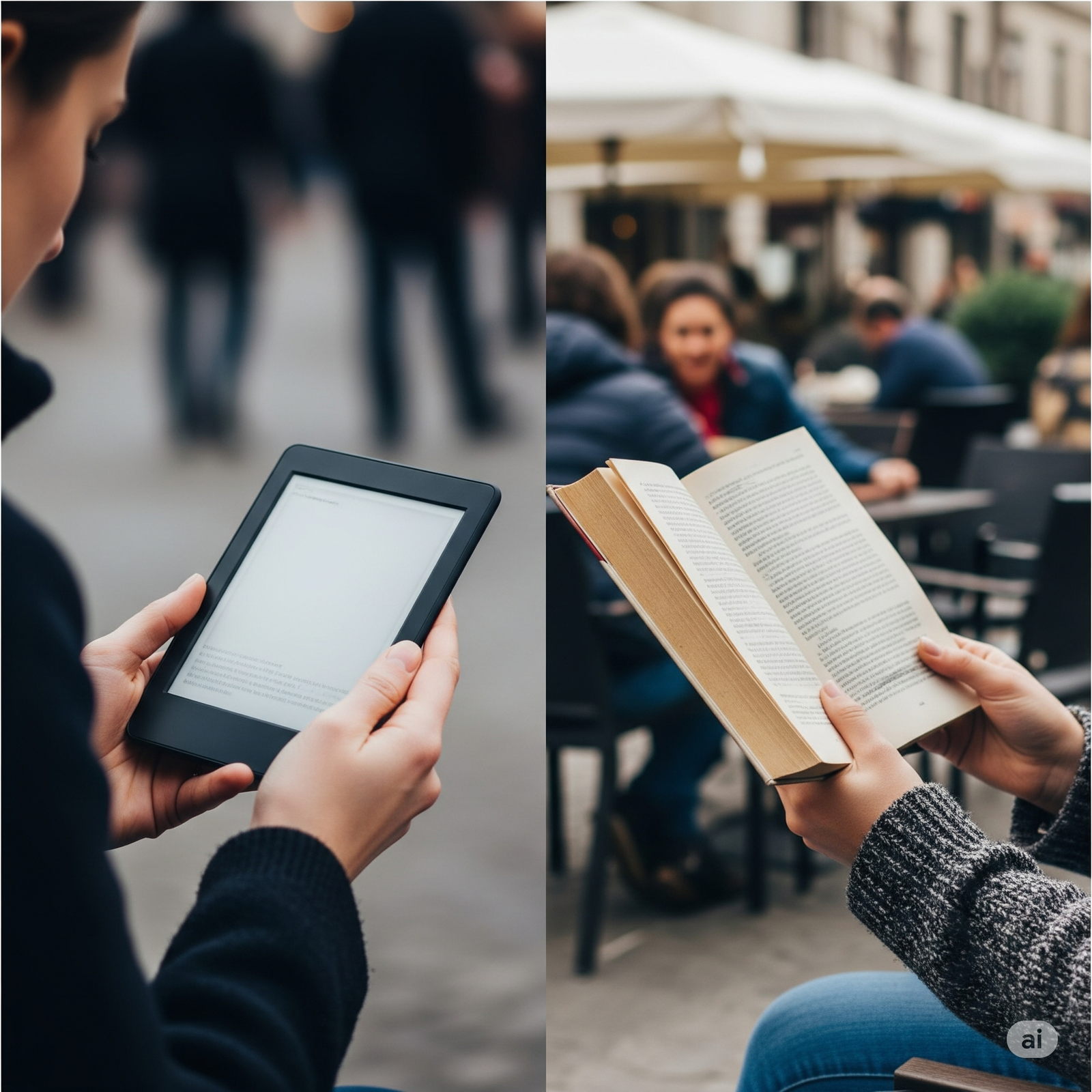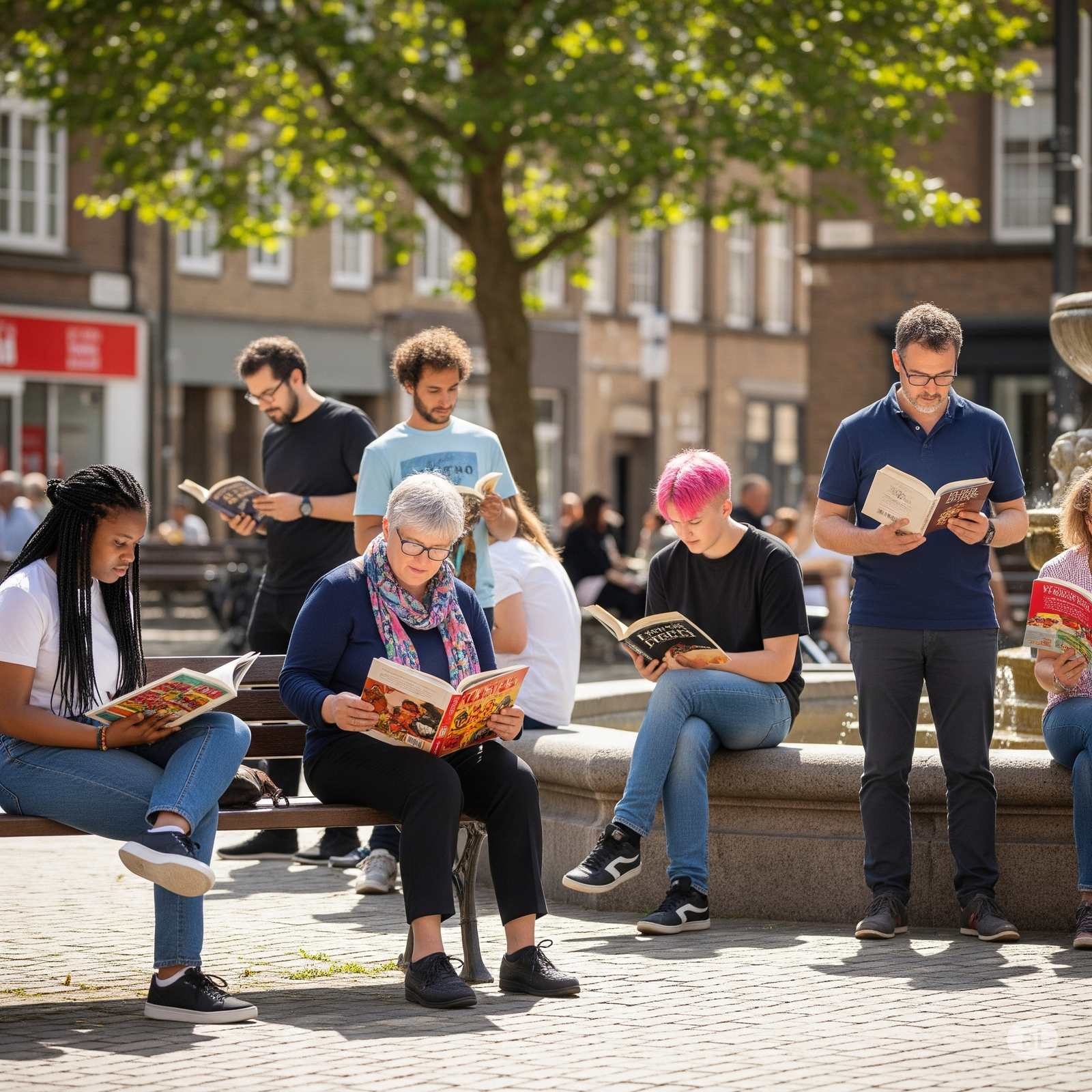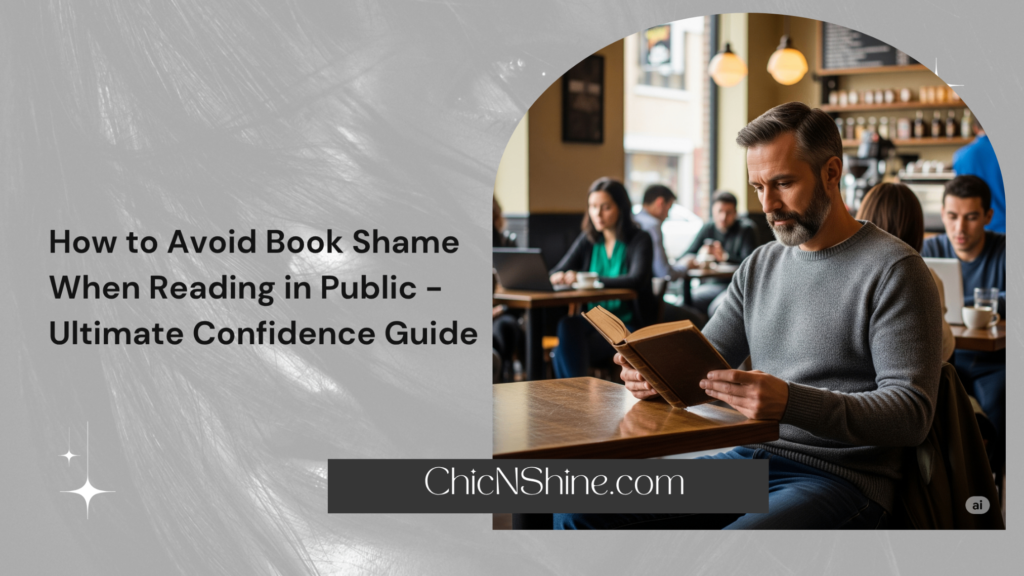After years of hiding my reading habits and feeling self-conscious about my book choices in public spaces, I’ve mastered how to avoid book shame when reading in public regardless of genre or setting. The journey from anxious, covert reader to confident book lover taught me that reading shame stems from unnecessary social fears that we can overcome with the right mindset and practical strategies.
Through countless hours spent reading in coffee shops, airports, parks, and public transport, I’ve discovered that most reading anxiety exists purely in our heads. Moreover, developing confidence in public reading has enhanced my overall enjoyment of books while expanding my reading opportunities throughout daily life.
Understanding the Psychology of Reading Shame
My reading shame began when I realized I was constantly worried about others judging my book choices, reading speed, or even the act of reading itself in social settings. This anxiety manifests differently for everyone – some worry about appearing antisocial, others fear judgment about genre preferences, and many simply feel vulnerable when absorbed in books around strangers.
The root of reading shame often connects to broader social anxieties and perfectionism. We imagine scenarios where strangers critique our literary choices, reading posture, or level of engagement with our books. However, these fears typically exist without any real foundation in social reality.
I discovered that most people are too focused on their activities to scrutinize readers around them. Furthermore, when people do notice readers, the reaction is usually positive – many view reading as an admirable, intellectual activity rather than something worthy of judgment.
Choosing the Right Reading Environment

Strategic location selection became my first step toward comfortable public reading. I learned to identify spaces where reading feels natural and welcomed rather than forcing myself into environments where books feel out of place or impractical.
Coffee shops, libraries, and bookstores provide ideal reading atmospheres where books blend seamlessly with the environment. However, I’ve expanded my comfort zone to include parks, waiting areas, public transport, and even busy streets during lunch breaks. The key lies in matching your reading material and style to the social context.
I’ve found that starting with obviously reading-friendly environments builds confidence that transfers to more challenging locations. Additionally, observing other readers in various settings helps normalize the activity and inspires different reading approaches.
Mastering the Art of Subtle Reading

Developing subtle reading techniques allows me to enjoy books without drawing unwanted attention or feeling exposed. This involves everything from body positioning and page-turning rhythm to eye contact management and environmental awareness.
I’ve learned to maintain relaxed, open body language while reading that signals approachability without vulnerability. Periodic glances around the environment show awareness and prevent the complete absorption that might feel uncomfortable in public settings. Furthermore, positioning myself with my back to walls or in corners provides security while maintaining the visibility of my surroundings.
Page-turning rhythm also affects comfort levels – too fast appears rushed or performative, while too slow might suggest difficulty or discomfort. Finding a natural pace that matches your actual reading speed eliminates self-consciousness about others monitoring your progress.
Building Confidence Through Genre Acceptance

One of my biggest breakthroughs involved accepting that all reading choices are valid and worthy of respect. Whether I’m reading romance novels, self-help books, fantasy series, or literary fiction, each choice serves a purpose in my personal growth and entertainment needs.
I stopped categorizing books into “acceptable” and “embarrassing” categories because this internal judgment created unnecessary stress. Instead, I embraced reading diversity as a strength that demonstrates curiosity, open-mindedness, and commitment to lifelong learning across multiple areas of interest.
The confidence that comes from internal acceptance radiates outward and makes others more likely to respect your reading choices. Moreover, this mindset shift allowed me to engage in conversations about books when opportunities arose, rather than deflecting or apologizing for my selections.
Practical Strategies for Different Settings

Each public reading environment requires slightly different approaches and considerations. Commuter trains demand different strategies than park benches, and airport waiting areas present unique challenges compared to coffee shop corners.
For public transport, I focus on books that don’t require intense concentration due to frequent stops, crowds, and noise. Familiar genres or re-reads work well because interruptions won’t derail comprehension. Additionally, e-readers or smaller paperbacks handle easier than large hardcovers in cramped seating situations.
In social settings like cafes or restaurants, I choose books that allow for easy interruption and natural conversation if others approach. This means avoiding deeply emotional or sexually explicit content that might cause visible reactions or make transitions to social interaction awkward.
Overcoming Physical Self-Consciousness

Physical comfort directly impacts reading confidence in public spaces. I’ve learned to address practical concerns like lighting, seating, and book handling that can create unnecessary stress or distraction from the reading experience.
Posture plays a crucial role in both comfort and confidence. I maintain an upright, relaxed position that doesn’t strain my neck or back during extended reading sessions. This prevents the hunched, defensive posture that can make readers appear uncomfortable or antisocial.
Eye strain from poor lighting or screen glare can cause squinting, headaches, and general discomfort that makes reading feel like a struggle rather than a pleasure. I choose well-lit locations and adjust screen brightness or book positioning to minimize physical stress that could undermine confidence.
Digital vs. Physical Reading Strategies

Both digital and physical books offer unique advantages for public reading, and I’ve learned to leverage each format’s strengths depending on the situation and my comfort level. E-readers provide privacy and convenience, while physical books offer tactile satisfaction and social signalling benefits.
Digital reading eliminates cover judgment since strangers can’t see titles, authors, or genres. This privacy allows complete freedom in book selection without any external pressure or self-consciousness about others’ perceptions. Furthermore, features like adjustable text size and backlighting improve comfort in various lighting conditions.
Physical books, however, can enhance confidence by serving as conversation starters and social signals about interests and personality. A well-chosen physical book can communicate intelligence, creativity, or shared interests that facilitate positive social interactions when desired.
Managing Interruptions Gracefully
Learning to handle interruptions without losing composure or feeling frustrated became essential for comfortable public reading. This includes everything from genuine emergencies to well-meaning but unwanted social interactions that disrupt reading flow.
I developed standard responses for common interruptions that maintain politeness while protecting reading time. For curious strangers asking about books, I prepare brief, friendly summaries that satisfy interest without requiring lengthy discussions. For more intrusive interruptions, I have polite but firm boundaries that preserve my reading space.
The key lies in remembering that most interruptions come from genuine curiosity or friendliness rather than malicious intent. Therefore, responding with initial openness while maintaining clear boundaries usually resolves situations positively while preserving future reading opportunities.
Building Reading Rituals and Routines

Establishing consistent reading rituals in public spaces creates familiarity and comfort that reduces anxiety over time. I developed specific routines for different environments that signal to my brain that reading time has begun and external judgments don’t matter.
My coffee shop ritual involves ordering the same drink, finding my preferred seating area, and spending a few minutes settling in before starting to read. This routine creates a psychological bubble that makes the public space feel more private and reading feel more natural.
Similarly, commute reading rituals help transition from work stress to reading relaxation. I use specific playlists, seating preferences, or breathing exercises that create mental separation between external pressures and internal reading enjoyment.
Engaging with Fellow Readers
One unexpected benefit of confident public reading is connecting with other readers who share similar interests or simply appreciate seeing books in social spaces. These connections have led to book recommendations, reading group invitations, and genuine friendships based on shared literary interests.
I learned to recognize other readers’ signals about openness to interaction – some prefer complete privacy while others welcome brief conversations about books, authors, or reading preferences. Respecting these boundaries while remaining approachable creates positive reading community experiences.
Book-based conversations often feel more natural and less forced than typical small talk because they centre on shared interests and genuine enthusiasm. Moreover, these interactions reinforce that reading in public is normal, appreciated, and potentially socially rewarding rather than isolating.
Technology and Reading Apps
Modern technology offers numerous tools that enhance public reading comfort and confidence. Beyond basic e-readers, apps and accessories can address specific concerns about privacy, lighting, comfort, and social integration.
Reading apps with privacy features allow book selection and progress tracking without visible covers or titles. Some apps include social elements that connect readers with similar interests while maintaining anonymity if desired. Additionally, features like read-aloud capability provide options for hands-free reading in appropriate settings.
Blue light filters, adjustable brightness, and text customization options reduce eye strain and physical discomfort that can undermine reading confidence. Furthermore, offline reading capabilities ensure consistent access to books regardless of internet connectivity in public spaces.
Creating Your Reading Identity

The ultimate goal of overcoming book shame involves embracing reading as a core part of your identity rather than a guilty pleasure or secret hobby. I’ve learned to view public reading as a statement about my values, priorities, and commitment to personal growth and entertainment.
This identity shift changes how you approach book selection, reading locations, and social interactions around reading. Instead of hiding or apologizing for reading choices, you begin to own them as reflections of your interests, curiosity, and intellectual engagement with the world.
Moreover, confident readers often inspire others to read more or try new genres, creating positive ripple effects that benefit entire communities. This perspective transforms public reading from a potentially embarrassing activity into a form of quiet advocacy for literacy and lifelong learning.
FAQs
How can I stop feeling embarrassed about my book choices in public?
Start by accepting that all reading choices are valid and serve different purposes. Focus on your enjoyment rather than imagined judgments, and remember that most people either don't notice or view reading positively.
What's the best way to read romance novels in public without feeling self-conscious?
Use e-readers for complete privacy, invest in neutral book covers for physical books, or simply embrace your choices - romance is a legitimate, popular genre enjoyed by millions of readers.
How do I handle people asking about what I'm reading?
Prepare brief, honest responses that match your comfort level. You can share enthusiastically, give general genre descriptions, or politely redirect the conversation while maintaining friendliness.
User Insights from Reading Communities
Reddit’s r/books community consistently emphasizes that reading anxiety is common but unnecessary. Users share strategies ranging from e-reader privacy to embracing book choices as conversation starters, with most reporting that confidence builds naturally over time.
Goodreads forums reveal that readers often overestimate how much attention others pay to their book choices. Many users report positive interactions with strangers about books, suggesting that visible reading often attracts admiration rather than judgment.


